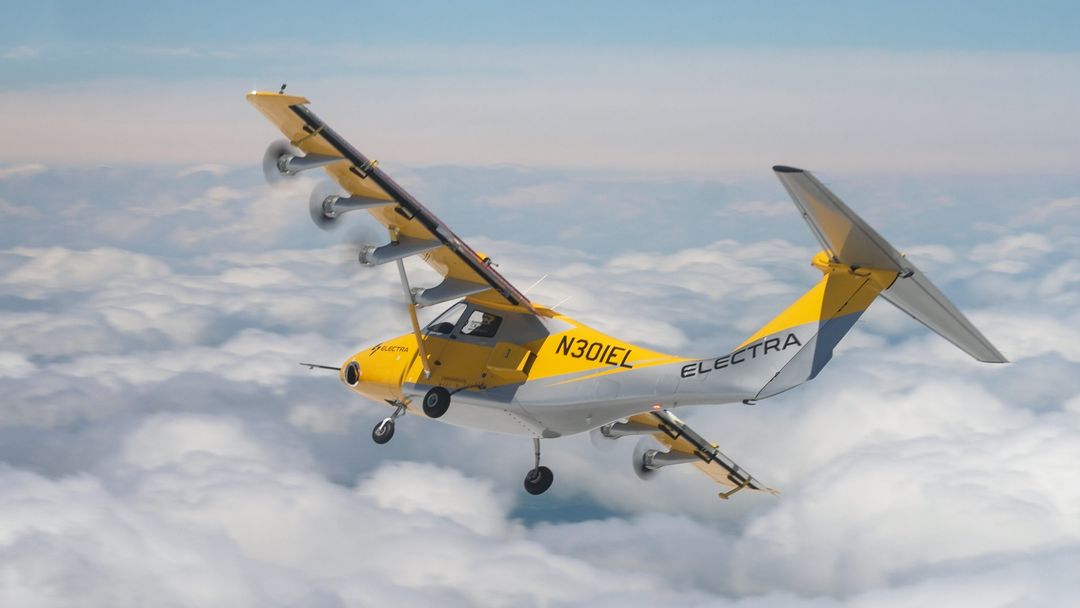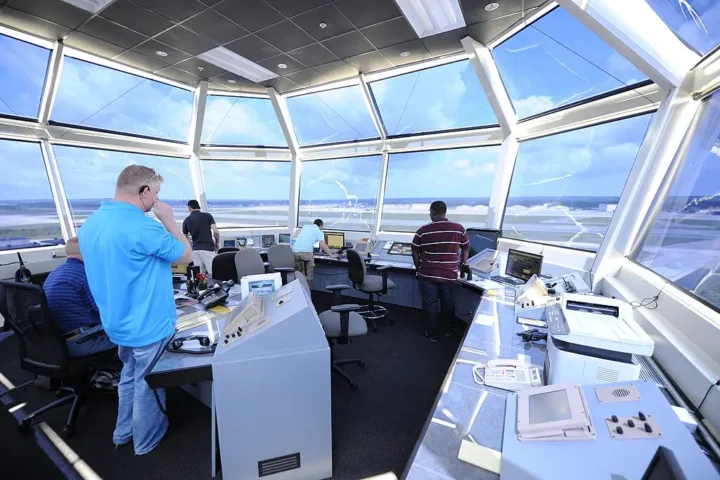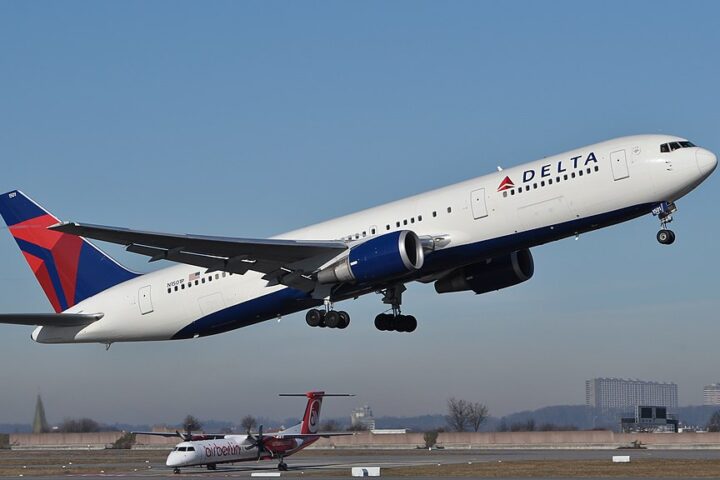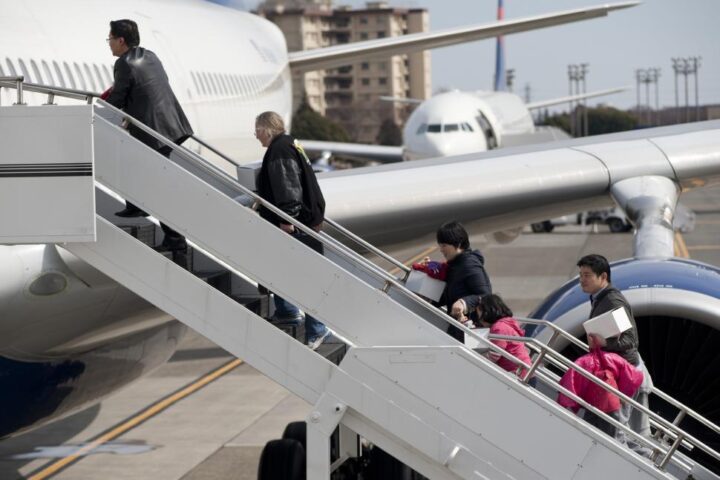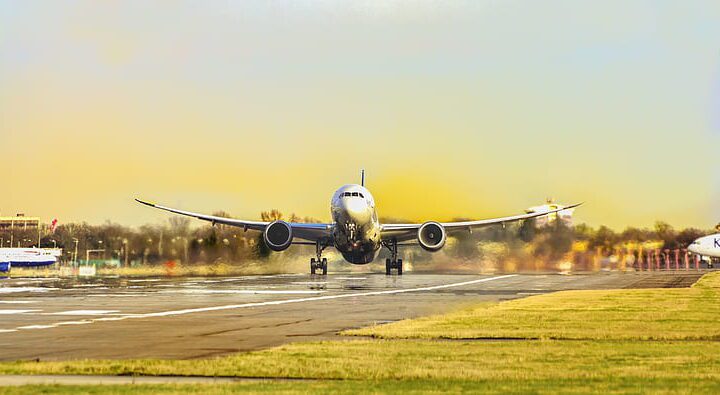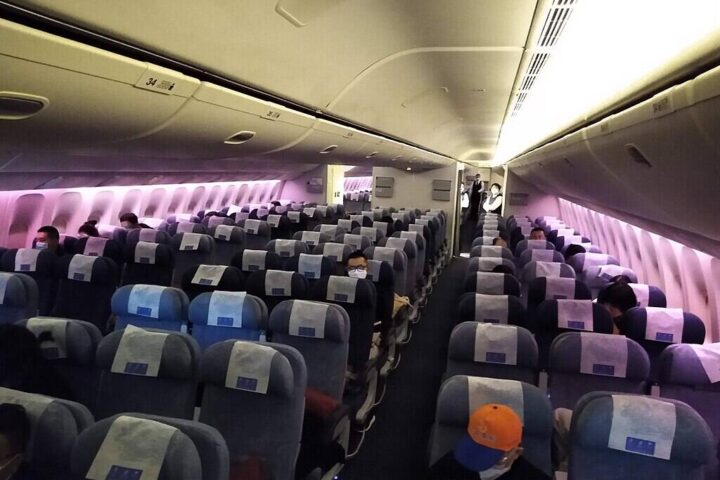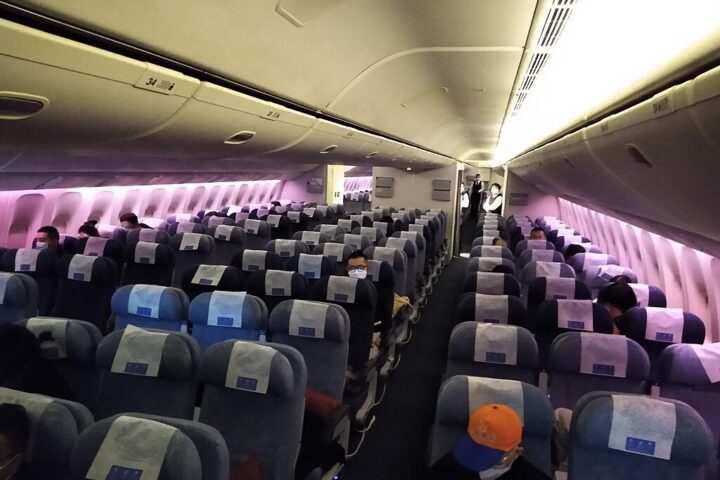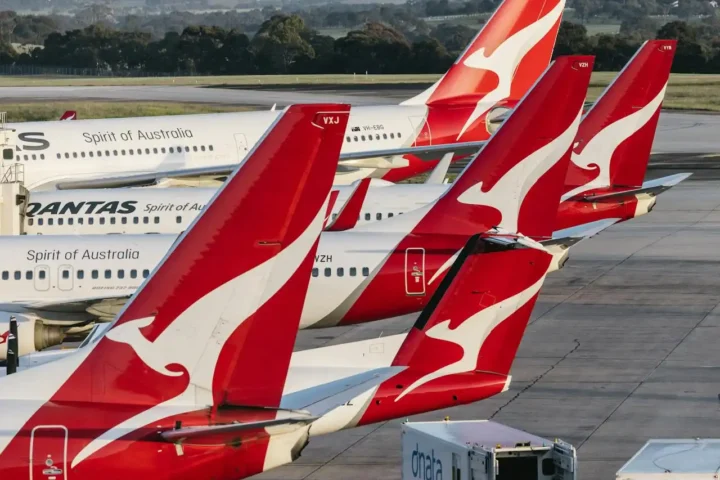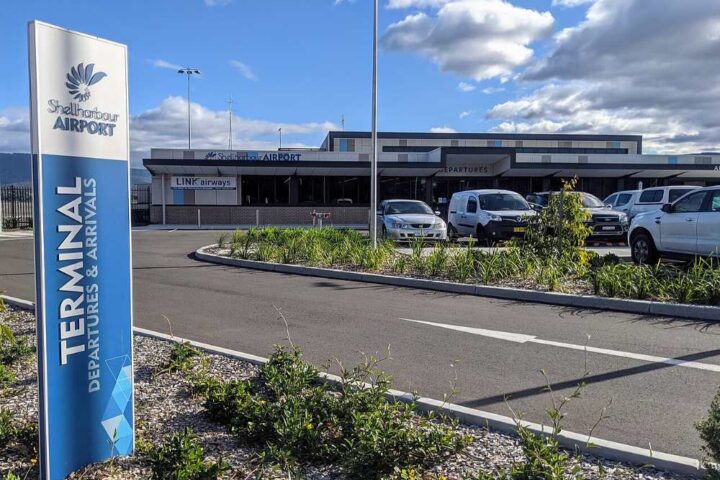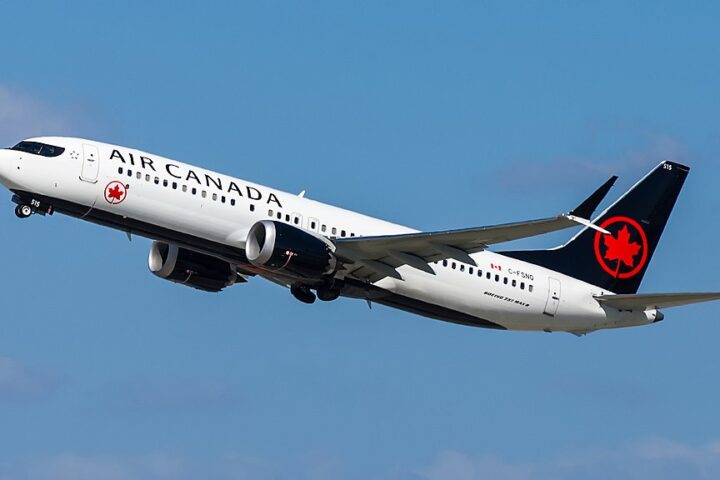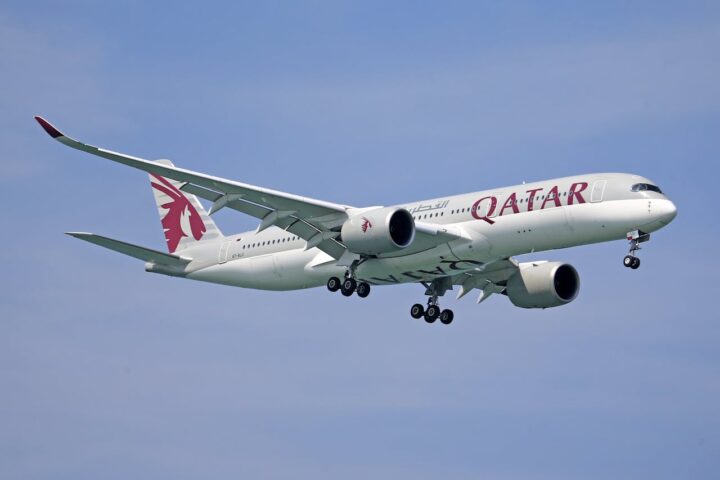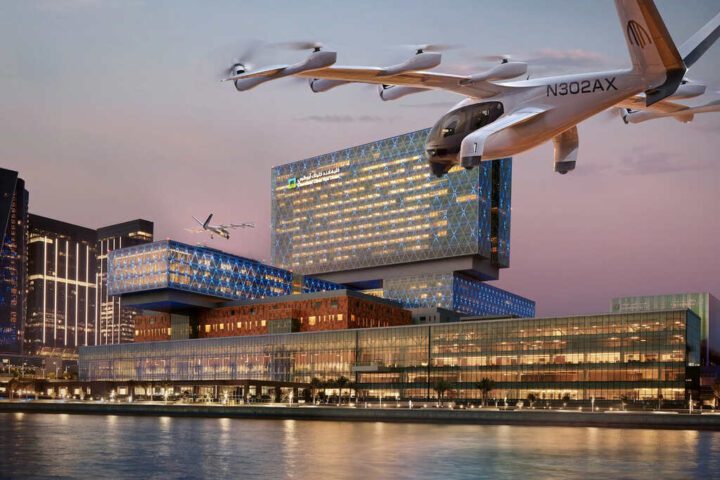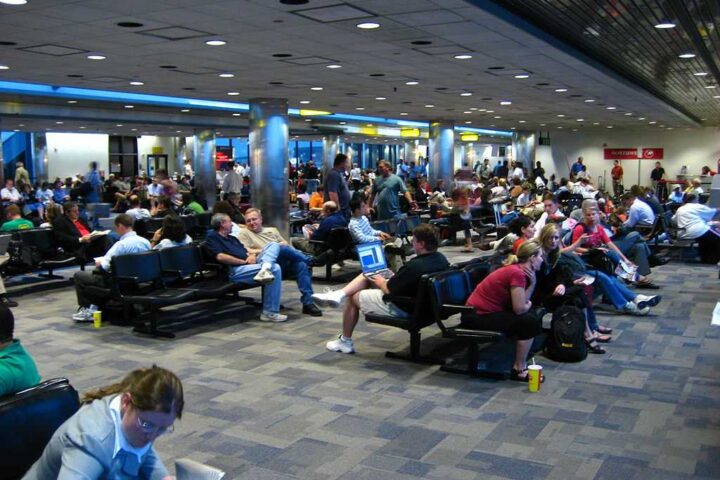Electra, a Virginia-based aircraft developer, demonstrated the capabilities of its hybrid electric short takeoff and landing (eSTOL) aircraft with a video of an ‘ultra-short’ takeoff performed with its EL-2 Goldfinch demonstrator.
The video, shared on social media on May 29, showcased the aircraft taking off in less than 300 feet and executing a slow-speed approach, achieving landing speeds as low as 25 kt (46 km/h).
Test pilot Cody Allee flew the two-seater demonstration aircraft at the Manassas Regional Airport and the Warrenton-Fauquier Airport in April and May. During the campaign, the aircraft took off with just 170 feet of runway and landed with less than 115 feet of ground roll.
JP Stewart, General Manager of Electra, emphasized, “Today’s milestone is an incredible achievement as we’ve proven that our eSTOL aircraft has the capability to do what we said it could do – operate from spaces shorter than300 feet.”
The company’s flight test program will continue to guide the development of its eventual production aircraft.
Electra is pushing for its developing aircraft to obtain type certification from the Federal Aviation Administration and begin passenger transport operations in accordance with Part 23 regulations by 2028.
Unveiled at the Paris Air Show in June last year, the Goldfinch two-seater is the world’s first blown-lift aircraft using distributed electric propulsion and a hybrid-electric propulsion system. The aircraft uses eight electric motors to significantly increase wing lift and enable ultra-short takeoffs and landings.
“The aircraft handling at low-speeds has been exceptional and is matching our analysis well, building confidence in the predicted capability of the 9-passenger product design. We’ll continue to develop our technologies, including the “thrust-by-wire” flight control system to allow us to fly even slower on approach and further improve the STOL takeoff and landing performance in the ongoing test campaign,” explained JP Stewart.
Electra noted that during flight tests conducted in April and May 2024 at the Manassas Regional Airport and the Warrenton-Fauquier Airport in Virginia, the EL-2 Goldfinch hybrid-electric aircraft prototype completed its first ultra-short takeoff and landing. The aircraft was able to take off using a 52-meter runway segment and then landed with a 35-meter rollout. The speed during these maneuvers was only 46 kilometers per hour. The longest flight time during the tests was 1 hour 45 minutes, and the maximum altitude reached was 1,980 meters.
According to company representatives, the aircraft handles well at low speeds, and its behavior matches predictions.
Data collected during the flight test program will be used in the development of a larger nine-seat model with ultra-short takeoff and landing capabilities. It is planned to transport passengers and cargo up to 805 kilometers at a cruise speed of 322 kilometers per hour.
Despite the active development of fully electric air transport, companies are not abandoning the development of more conventional aircraft with internal combustion engines.
Recently, for example, the Gulfstream G700 set its 50th speed record on a flight from Los Angeles to Nice, France. The trip covered 5,197 nautical miles (9,625 kilometers) in 10 hours and 13 minutes, flying at an average speed of Mach 0.90.
Bombardier’s Global 7500 jet will get upgarde with the new Global 8000 jet, announced in 2022. Bombardier’s new top model will have an range of 8,000 nautical miles and a top speed of Mach 0.9.
Recently the European helicopter holding Airbus Helicopters conducted the first tests of the prospective high-speed tiltrotor aircraft RACER, which is capable of flying at a cruise speed of over 400 kilometers per hour.
Sustainable Aviation Fuel technology still in its infancy, it is difficult to believe that these aircraft can be hardly carbon neutral with such high performance speeds.
